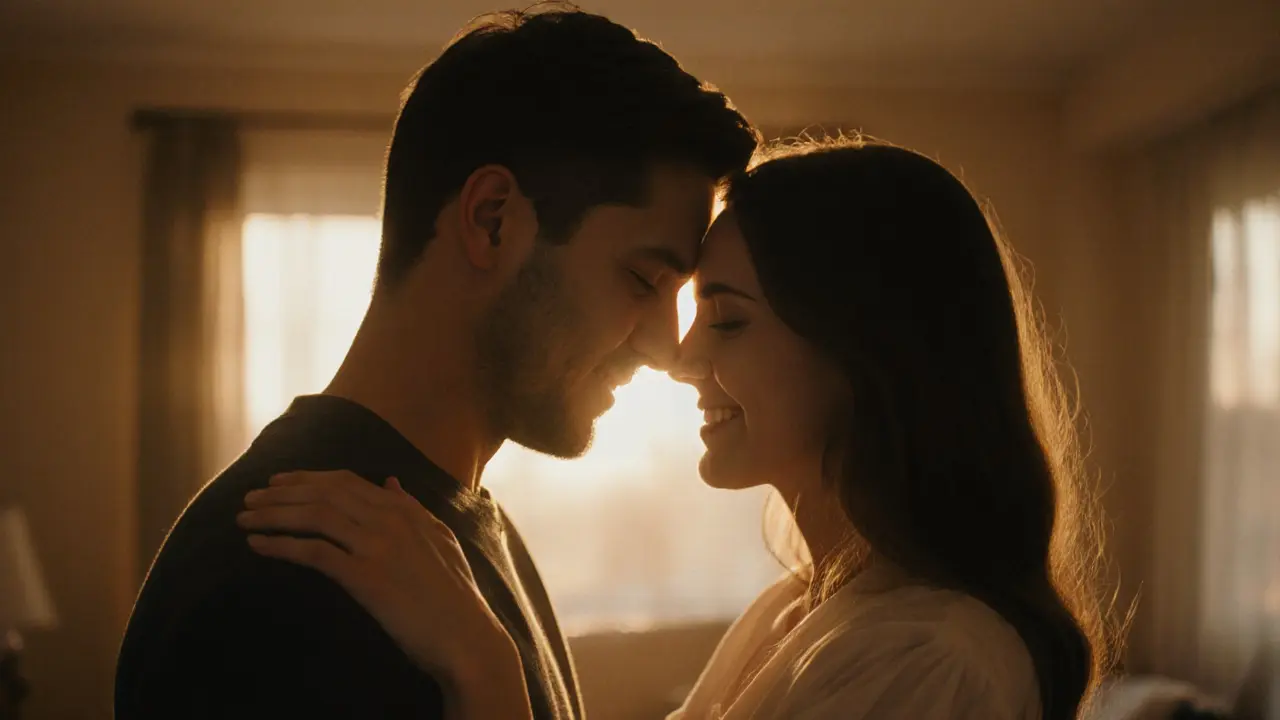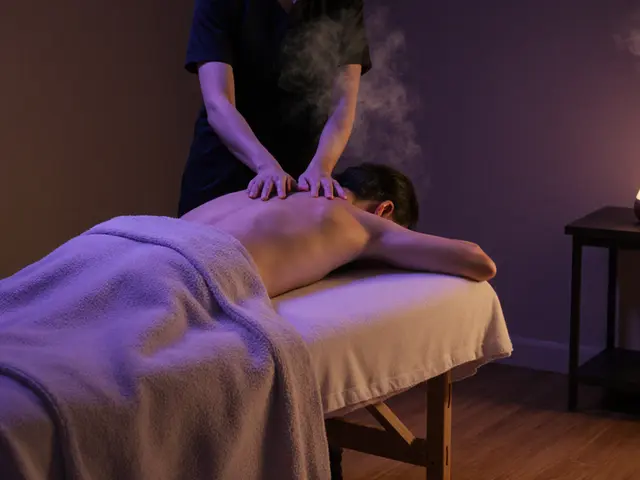Ever wondered whether that passionate kiss you just shared was a hit or a miss? It’s not always obvious, but the good news is your partner’s body is talking the moment your lips meet. By tuning into a few subtle signals, you can tell if they’re genuinely enjoying a French kissing session without guessing.
Quick Takeaways
- Positive signs include relaxed breathing, mirrored tongue movement, and lingering eye contact.
- Negative cues often show up as stiff posture, shallow breaths, or a sudden pull‑back.
- Ask for feedback in a low‑pressure way to avoid misinterpretation.
- Consensual, enthusiastic kissing builds intimacy and trust.
What Exactly Is French Kissing?
French kissing is a deep, tongue‑involved kiss that engages both partners in a shared, rhythmic exploration of each other's mouths. Historically linked to European romance novels, the technique has become a staple of modern intimacy. When done well, it sparks a cascade of pleasurable signals that ripple through the body.
Reading Body Language: The Partner’s Unspoken Feedback
While words can be vague, the body is honest. Below are the most reliable cues that signal enjoyment.
- Eye contact maintains a soft, lingering gaze before, during, or after the kiss. A partner who looks into your eyes, smiles, or blinks slowly is usually feeling good.
- Tongue movement mirrors yours in smooth, exploratory motions. If they follow the rhythm you set, they’re syncing up.
- Lip pressure varies from gentle to firm, matching the intensity you provide. A matching pressure level shows comfort.
- Posture relaxes into your space, shoulders dropping, and body leaning in. A forward lean indicates engagement.
- Facial expression softens, with relaxed cheeks and a subtle smile. Tension or grimacing usually means discomfort.
- Breathing deepens and becomes rhythmic rather than shallow. Calm breaths equal calm feelings.
- Hand placement glides around the back, neck, or waist, staying close to you. Pulling away or keeping hands rigid signals hesitation.
Common Misreads and How to Avoid Them
Even attentive observers can slip up. Here’s where the brain tricks us.
- Assuming silence means consent. A quiet partner may just be shy. Look for the physical signs above before guessing.
- Reading excitement as discomfort. A rapid heartbeat and flushed skin are normal during a hot kiss; they don’t always mean it’s too much.
- Over‑interpreting a brief pull‑back. Sometimes a slight retreat is a natural reset, not a rejection. Check if they smile or re‑engage quickly.
Step‑by‑Step: How to Check In Without Killing the Mood
- Start with a soft kiss. Give your partner a moment to settle into the rhythm.
- Observe the cues listed above for 5-10 seconds.
- If you notice mixed signals (e.g., good eye contact but stiff posture), gently pause.
- Ask in a low‑pressure way: "How’s that for you?" or "Is this okay?" A simple question keeps the vibe light.
- Adjust based on the response-slow down, deepen, or change angles as needed.

When to Pause and Communicate
Even the best‑trained kiss‑detective knows there’s a time to hit the brakes. If any of the following appear, it’s wise to check in:
- Partner suddenly pulls away or tenses up.
- Breathing becomes shallow or erratic.
- Facial muscles tighten or a frown forms.
Say something like, "I want this to feel good for both of us. Let me know if you’d like me to slow down or stop." This demonstrates respect and often boosts intimacy.
Comparison Table: Positive vs. Negative Signals
| Signal | Positive (Enjoyment) | Negative (Discomfort) |
|---|---|---|
| Eye contact | Soft, lingering gaze | Avoids eye contact, glances away |
| Tongue movement | Mirrors rhythm, explores gently | Stiff, pulls back quickly |
| Posture | Leans in, shoulders relaxed | Leans back, shoulders raised |
| Breathing | Deep, steady breaths | Shallow, rapid breathing |
| Hand placement | Glides around back/neck, stays close | Hands rigid, kept at a distance |
Final Thoughts
Reading your partner’s signals isn’t about playing detective-it’s about creating a shared, joyful experience. By watching eye contact, mirroring tongue movements, and staying attuned to breathing, you’ll quickly learn when a French kiss is hitting the right note. And when in doubt, a gentle, respectful check‑in keeps the intimacy alive.
How can I tell if my partner is comfortable with a French kiss?
Look for relaxed breathing, mirrored tongue movement, soft eye contact, and a forward‑leaning posture. If those cues are present, they’re likely enjoying the kiss.

What are red‑flag signs that I should pause?
Tension in the face, shallow or rapid breathing, sudden pulling away, or a stiff, upright posture all suggest discomfort. Pause and ask a simple, caring question.
Is it okay to ask for feedback during the kiss?
Absolutely. A light‑hearted, "Is this good for you?" shows you care about mutual pleasure and can actually heighten the connection.
Do cultural differences affect how French kissing is perceived?
Yes. Some cultures view deep kissing as very intimate, while others see it as more casual. Being aware of your partner’s background can help you gauge expectations.
How often should we check in about kissing preferences?
Regular, low‑pressure check‑ins-especially when trying new techniques-keep both partners comfortable. A quick "How did that feel?" every few kisses works well.








